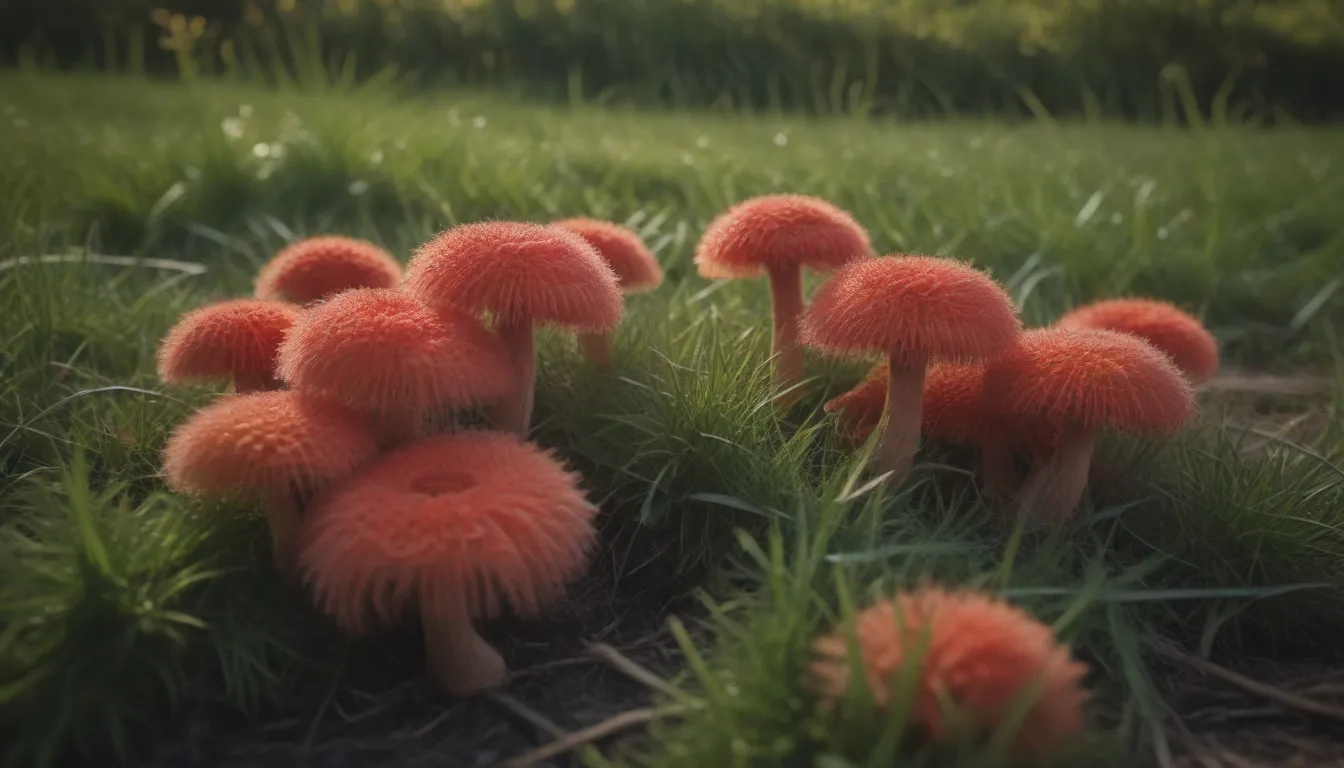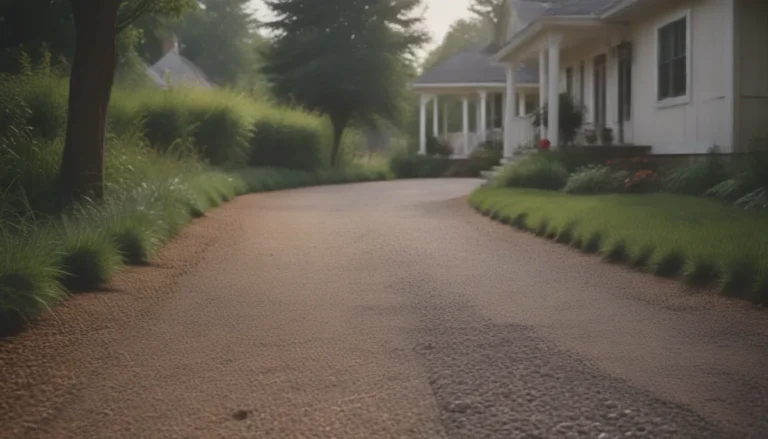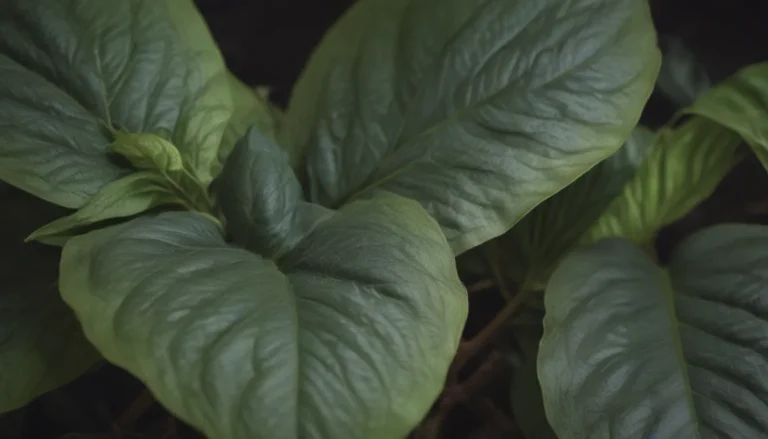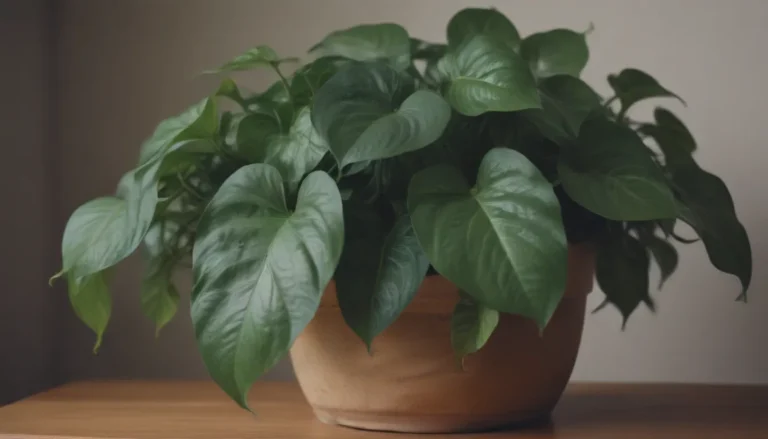How to Prevent and Manage Red Thread Fungus in Your Lawn

Have you noticed pink or reddish fibers in your grass, accompanied by patches that seem to be dying off? This could be a sign of red thread fungus, a common turfgrass disease caused by various factors such as low nitrogen levels in the soil or environmental stress. In this article, we will explore ways to prevent and manage red thread fungus in your lawn, whether through chemical or natural solutions.
Identifying Red Thread Fungus
Before delving into how to tackle red thread fungus, it’s essential to first understand how to identify it. Red thread fungus appears as red thread-like branches, often likened to antlers, known as sclerotia. The grass underneath these growths typically turns tan or light brown. It’s important to note that red thread fungus is often confused with a similar disease known as pink patch, caused by a different pathogen but exhibiting comparable symptoms and appearance.
Does Red Thread Fungus Kill Grass?
While areas of grass affected by red thread fungus may look dead, the fungus itself does not kill the grass. Instead, it resides in the thatch and soil, potentially spreading through dead infected plant material or mechanical maintenance practices. The red or pink growths seen in the grass do not infect the crown or roots of the plant, thereby sparing the grass from death due to this fungal infection.
Factors Favoring Red Thread Fungus
Red thread fungus can thrive in various climates, with higher incidences observed in regions experiencing elevated rainfall or humidity during late spring to summer. The ideal conditions for red thread fungus include:
- High moisture levels
- Lack of nitrogen in the soil
- Susceptible grass species
- Favorable temperatures for fungal growth
Understanding these factors can help you take proactive steps to prevent red thread fungus from taking over your lawn.
Preventing and Managing Red Thread Fungus
When dealing with red thread fungus, it’s crucial to adopt a holistic approach that addresses both the underlying causes of the disease and effective management strategies. Here are some steps you can take to prevent and manage red thread fungus in your lawn:
Natural Solutions:
-
Promote Healthy Turf Growth: One of the primary ways to combat red thread fungus is to bolster the health of your grass through proper fertilization. Ensuring your lawn receives an adequate amount of nitrogen, particularly in the fall, can help strengthen the turf and prevent the re-emergence of red thread fungus in the spring.
-
Optimize Irrigation Practices: To minimize the risk of red thread fungus, avoid overwatering your lawn and aim to irrigate in the early morning hours between midnight and 6 a.m. This approach can help prevent prolonged periods of grass wetness, which are conducive to fungal growth.
-
Enhance Air Circulation and Sunlight: Pruning or removing trees and shrubs that obstruct sunlight and air movement over your lawn can aid in reducing the favorable conditions for red thread fungus to thrive.
-
Practice Proper Lawn Maintenance: Bagging clippings from affected areas during active disease periods and regularly cleaning and disinfecting mowing equipment can prevent the spread of red thread fungus within your lawn.
Chemical Solutions:
While using fungicides should be a last resort for severe infestations of red thread fungus, it’s advisable to consult with a lawn-care professional or your local cooperative extension service for guidance on appropriate fungicide applications in your area.
The Three Factors of Disease “Triangle”
The occurrence of red thread fungus in your lawn can be elucidated by examining what is known as the disease triangle. This concept comprises three key elements:
- The Susceptible Host: Grass plants that lack adequate nitrogen and exhibit slower growth are more susceptible to red thread fungus.
- The Pathogen: Red thread fungus resides in the thatch layer of the lawn and can persist in the soil, making complete eradication impossible.
- The Environment: When environmental conditions such as temperature and relative humidity align favorably for fungal growth, red thread fungus can proliferate in weakened grass plants.
By addressing these factors and taking proactive measures to strengthen your lawn, you can effectively manage and prevent red thread fungus outbreaks.
Grass Varieties Susceptible to Red Thread Fungus
Red thread fungus primarily affects cool-season grasses, including varieties such as red fescue, ryegrass, Kentucky bluegrass, and bentgrass. In contrast, warm-season turfgrass species tend to exhibit greater resistance to red thread fungus. To determine the most suitable red thread-resistant grass varieties for your area, consider seeking recommendations from your local cooperative extension service.
In conclusion, by implementing a combination of natural preventative measures and targeted management strategies, you can effectively minimize the impact of red thread fungus on your lawn. Remember that promoting the overall health and resilience of your turfgrass is key to combating fungal diseases and maintaining a vibrant, lush lawn year-round.





